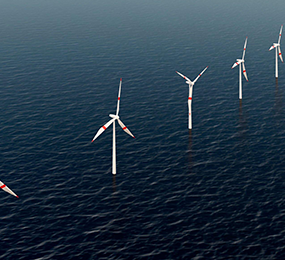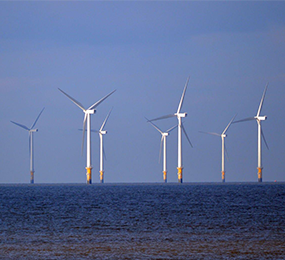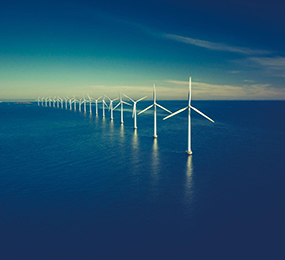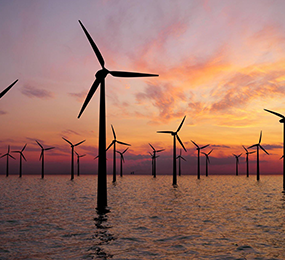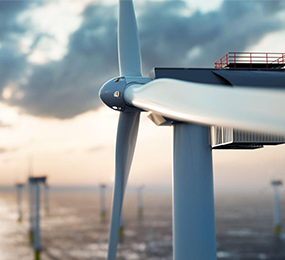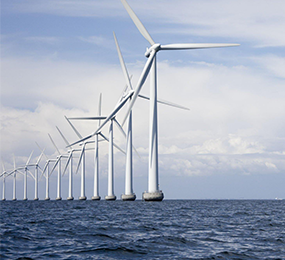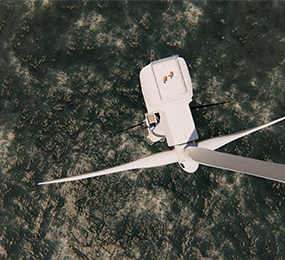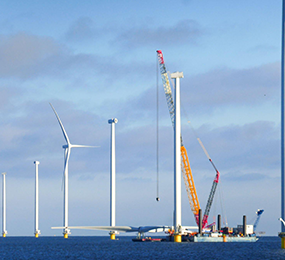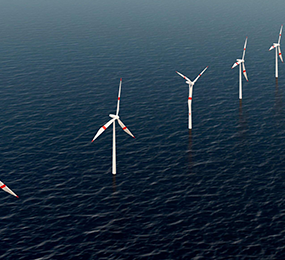Floating Wind Energy and the Role of Energy Storage in Grid Stability
Floating wind energy is emerging as a transformative force in the renewable energy landscape, and its integration with advanced energy storage systems is central to ensuring grid stability. Here's how energy storage complements floating wind power:
1. Intermittency Mitigation: Floating wind turbines are located in open waters where wind conditions can be highly variable. Energy storage systems, such as batteries, store excess energy during periods of high wind and release it when the wind is calm. This mitigates the intermittent nature of wind energy, ensuring a consistent power supply to the grid.
2. Grid Balancing: Energy storage supports grid stability by quickly responding to fluctuations in wind energy output. It helps match supply with demand, reducing the risk of blackouts and enhancing grid reliability.
3. Grid Integration: Advanced energy storage systems are capable of both absorbing excess energy and injecting it into the grid when needed. This flexibility aids in integrating floating wind energy seamlessly with the existing power infrastructure.
4. Peak Shaving: Energy storage systems can reduce peak demand on the grid by supplying stored energy during high-load periods, reducing the need for additional fossil fuel-based generation.
5. Emergency Backup: In cases of grid disruptions, energy storage can provide backup power, offering crucial support to critical infrastructure and emergency services.
In conclusion, the integration of energy storage technologies is indispensable to ensure the reliability and grid stability of floating wind energy. It enables the continued growth of this renewable energy source and contributes to a more sustainable and resilient energy future.
Visit our website to know more: https://www.leadventgrp.com/events/4th-annual-floating-wind-europe/details
For more information and group participation, contact us: [email protected]
Leadvent Group - Industry Leading Events for Business Leaders!


